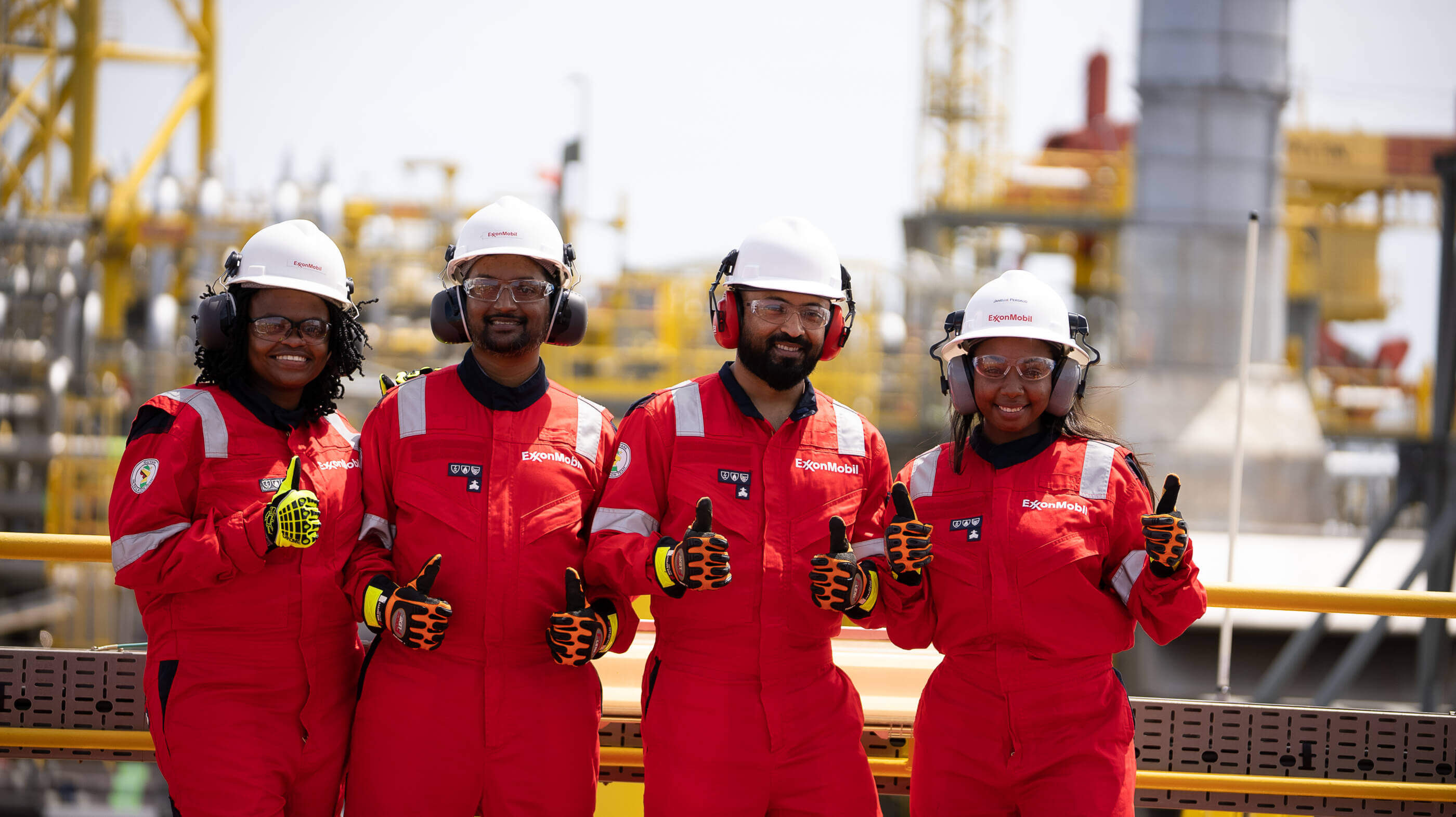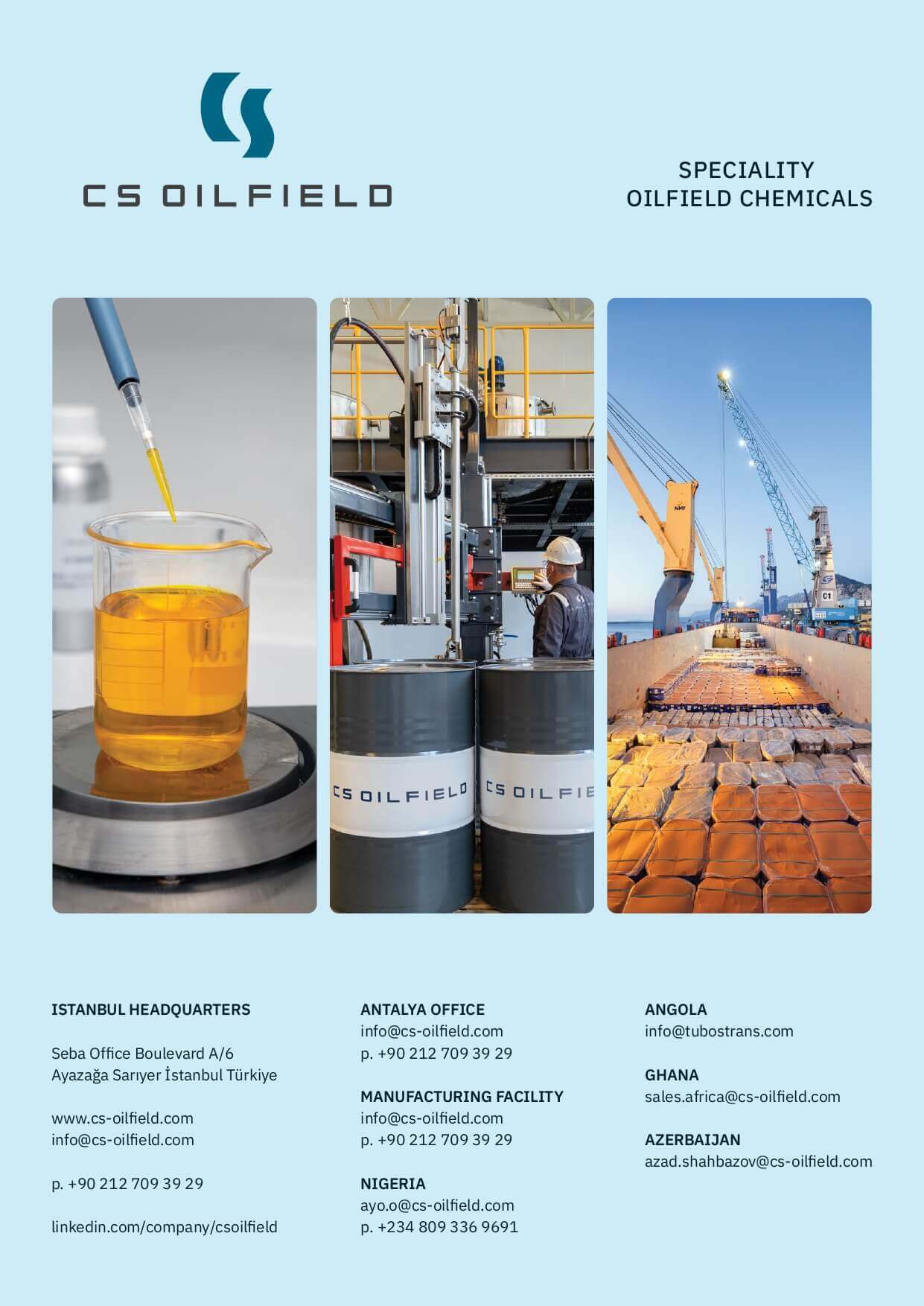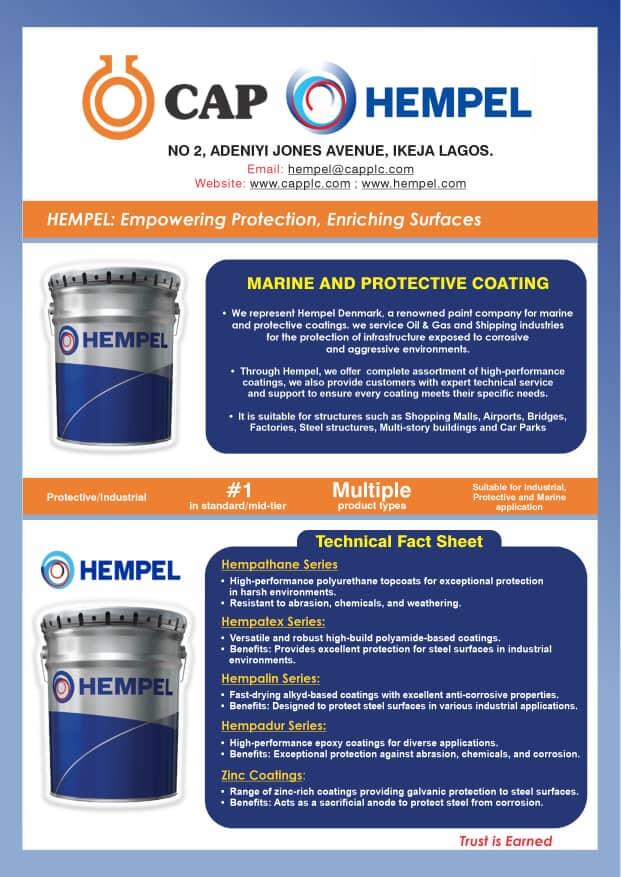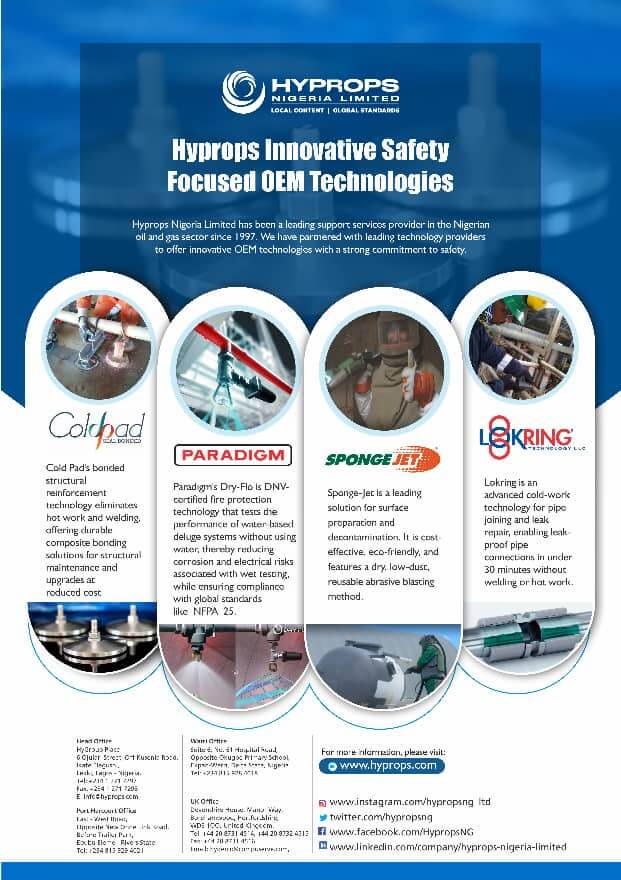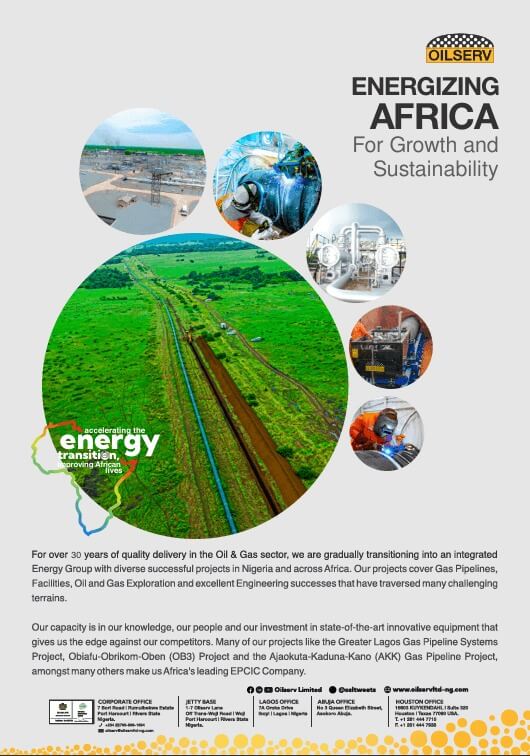Exxon Mobil Corporation today announced second-quarter 2024 earnings of $9.2 billion, or $2.14 per share assuming dilution. Cash flow from operating activities was $10.6 billion and cash flow from operations excluding working capital movements was $15.2 billion. Shareholder distributions of $9.5 billion included $4.3 billion of dividends and $5.2 billion of share repurchases, consistent with the company's announced plans.
Darren Woods, chairman and chief executive officer:
“We delivered our second-highest 2Q earnings of the past decade as we continue to improve the fundamental earnings power of the company”.
“We achieved record quarterly production from our low-cost-of-supply Permian and Guyana assets, with the highest oil production since the Exxon and Mobil merger. We also achieved a record in high-value product sales, growing by 10% versus the first half of last year. We closed on our transformative merger with Pioneer in about half the time of similar deals. And we’re continuing to build businesses such as ProxximaTM, carbon materials and virtually carbon-free hydrogen, with approximately 98% of CO2 removed, that will create value long into the future.”
(1) Second-quarter earnings for the industry peer group are actuals for companies that reported results on or before August 1, 2024, or estimated using Bloomberg consensus as of August 1st. Industry peer group includes BP, Chevron, Shell and TotalEnergies.
(2) Pioneer operations contributed $0.5 billion to consolidated earnings post-close (May-June), which excludes $0.2 billion of one-time items related to the acquisition.
(3) Based on contracts to move up to 5.5 MTA starting in 2025 subject to additional investment by ExxonMobil and permitting for carbon capture and storage projects.
Financial Highlights
- Year-to-date earnings were $17.5 billion versus $19.3 billion in the first half of 2023. Earnings excluding identified items were $17.5 billion compared to $19.5 billion in the same period last year. Earnings decreased as industry refining margins and natural gas prices declined from last year's historically high levels to trade within the ten-year historical range(1), while crude prices rose modestly. Strong advantaged volume growth from record Guyana, Pioneer, and heritage Permian assets, high-value products and the Beaumont refinery expansion more than offset lower base volumes from divestments of non-strategic assets and government-mandated curtailments. Structural cost savings partially offset higher expenses from scheduled maintenance, depreciation and support of new businesses and 2025 project start-ups.
- Achieved $10.7 billion of cumulative Structural Cost Savings versus 2019, including an additional $1.0 billion of savings during the year and $0.6 billion during the quarter. The company is on track to deliver cumulative savings totaling $5 billion through the end of 2027 versus 2023.
- Generated strong cash flow from operations of $25.2 billion and free cash flow of $15.0 billion in the first half of the year, including working capital outflows of $2.6 billion driven by higher seasonal cash tax payments. Excluding working capital, cash flow from operations and free cash flow were $27.8 billion and $17.6 billion, respectively. Year-to-date shareholder distributions of $16.3 billion included $8.1 billion of dividends and $8.3 billion of share repurchases. Following the close of the Pioneer transaction, the Corporation increased the annual pace of share repurchases to $20 billion through 2025, assuming reasonable market conditions. The company plans to repurchase over $19 billion of shares in 2024.
- The Corporation declared a third-quarter dividend of $0.95 per share, payable on September 10, 2024, to shareholders of record of Common Stock at the close of business on August 15, 2024.
- The company's debt-to-capital ratio was 14% and the net-debt-to-capital ratio was 6%(2), reflecting a year-to-date debt repayment of $3.9 billion and a period-end cash balance of $26.5 billion.
- Capital and exploration expenditures were $7.0 billion in the second quarter including $0.7 billion from Pioneer, bringing year-to-date expenditures to $12.9 billion. The Corporation anticipates full-year capital and exploration expenditures to be approximately $28 billion, which includes the top end of the previously announced guidance for ExxonMobil of $25 billion, and about $3 billion for 8 months of Pioneer, consistent with their prior guidance.
(1) 10-year range includes 2010-2019, a representative 10-year business cycle which avoids the extreme outliers in both directions that the market experienced in recent years.
(2) Net debt is total debt of $43.2 billion less $26.5 billion of cash and cash equivalents excluding restricted cash. Net-debt to-capital ratio is net debt divided by the sum of net debt and total equity of $276.3 billion.
ADVANCING CLIMATE SOLUTIONS
Virtually Carbon-Free Hydrogen
ExxonMobil and Air Liquide reached an agreement to support the production of virtually carbon-free hydrogen, with approximately 98% of CO2 removed, and ammonia at ExxonMobil's planned Baytown, Texas hydrogen facility. The agreement will enable transportation of hydrogen through Air Liquide's existing pipeline network. Additionally, Air Liquide will build and operate four Large Modular Air separation units (LMAs) to supply 9,000 metric tons of oxygen and up to 6,500 metric tons of nitrogen daily to the facility. The LMAs are expected to primarily use low-carbon electricity to reduce the project’s carbon footprint. The production facility would be the world's largest planned virtually carbon-free hydrogen project and is expected to produce 1 billion cubic feet of hydrogen daily, and more than 1 million metric tons of ammonia per year while capturing approximately 98% of the associated CO2 emissions. ExxonMobil aims to help enable the growth of a low-carbon hydrogen market along the U.S. Gulf Coast to assist industrial customers achieve their decarbonization goals.

Lithium
- ExxonMobil has signed a non-binding memorandum of understanding (MOU) with SK On, a global leading electric vehicle (EV) battery developer, that enables a multiyear offtake agreement of up to 100,000 metric tons of MobilTM Lithium from the company’s first planned project in Arkansas. SK On plans to use the lithium in its EV battery manufacturing operations in the United States.
Carbon Capture and Storage
- ExxonMobil signed its fourth carbon capture and storage (CCS) agreement with a major industrial customer, bringing the total contracted CO2 to store for industrial customers up to 5.5 million metric tons per year. The new agreement is the second project with CF Industries, a major fertilizer and ammonia producer. Under the contract, ExxonMobil will transport and store up to 500,000 metric tons of CO2 per year from CF's operations in Yazoo City, Mississippi, reducing CO2 emissions from the site by up to 50%.
Products Supporting a Lower-Emissions Future
- The ProxximaTM business transforms lower-value gasoline molecules into a high-performance, high-value thermoset resin that can be used in coatings, light-weight construction materials, and advanced composites for cars and trucks – including battery boxes for electric vehicles. Materials made with ProxximaTM are lighter, stronger, more durable, and produced with significantly fewer GHG emissions than traditional alternatives(1). In March, the company showcased the automotive uses of ProxximaTM at the world’s leading international composites exhibition in Paris. The company is progressing projects in Texas, with startups anticipated in 2025, that will significantly expand production of ProxximaTM. The company sees the total potential addressable market for ProxximaTM at 5 million metric tons and $30 billion dollars by 2030 with demand growing faster than GDP and returns above 15%(2).
- The Carbon Materials venture transforms the molecular structure of low-value, carbon-rich feeds from the company's refining processes into high-value products for a range of applications. The company is targeting market segments including carbon fiber, polymer additives, and battery materials with margins of several thousand dollars per ton and growth rates outpacing GDP(3).
(1) EM estimate calculated based on volumetric displacement of epoxy resin on a cradle-to-gate basis. Source: Comparative Carbon Footprint of Product - ExxonMobil’s ProximaTM Resin System to Alternative Resin Systems, June 2023, prepared by Sphera Solutions, Inc. for ExxonMobil Technology and Engineering Company. The study was confirmed to be conducted according to and in compliance with ISO 14067:2018 by an independent third-party critical review panel. https://www.materia-inc.com/what-do-we-do/our-products/creating-sustainable-solutions/lca-executive-summary
(2) Based on internal assessment of demand for products in existing markets. Targeting global markets in both the coatings and composites industries: In coatings the focus is on corrosion protection of vessels (e.g., tanks, ships, and railcars) and insulation (e.g., subsea pipes and equipment) applications. Within composite materials (i.e., materials containing glass or carbon fiber) the focus is on infrastructure, wind energy, and mobility sectors. Examples include replacing steel rebar in flatwork applications, replacing epoxy in wind turbines, and structural support in hydrogen tanks, EV battery casings, and other transportation components.
(3) Potential markets for carbon materials include structural composites and energy storage. Market growth based on internal assessment of demand for products in respective markets.
Upstream
- Upstream year-to-date earnings were $12.7 billion, $1.7 billion higher than the first half of 2023. The prior-year period was negatively impacted by tax-related identified items. Excluding identified items, earnings increased $1.5 billion due to advantaged assets volume growth from record Guyana, heritage Permian and Pioneer production. Year-to-date net production was 4.1 million oil-equivalent barrels per day, an increase of 9%, or 352,000 oil-equivalent barrels per day. Higher crude realizations and structural cost savings offset lower natural gas realizations, higher expenses mainly from depreciation, and lower base volumes due to divestments of non-strategic assets and government-mandated curtailments.
- Second-quarter earnings were $7.1 billion, an increase of $1.4 billion from the first quarter driven by the Pioneer acquisition, record Guyana and heritage Permian production, and structural cost savings. Higher crude realizations and divestment gains more than offset lower gas realizations. Net production in the second quarter was 4.4 million oil-equivalent barrels per day, an increase of 15%, or 574,000 oil-equivalent barrels per day compared to the prior quarter due to advantaged volume growth from Pioneer, Guyana and heritage Permian.
- On May 3, 2024, ExxonMobil completed the acquisition of Pioneer Natural Resources. The company issued 545 million shares of ExxonMobil common stock having a fair value of $63 billion on the acquisition date and assumed $5 billion of debt. The merger of ExxonMobil and Pioneer created the largest, high-return unconventional resource development potential in the world.
- In the quarter, the Company submitted an application to the Guyanese Environmental Protection Agency for the Hammerhead project, the proposed seventh development. Production capacity is expected to be 120,000 to 180,000 barrels per day, with anticipated start-up in 2029, pending Guyanese government approval.
Energy Products
- Energy Products year-to-date earnings were $2.3 billion, a decrease of $4.2 billion versus the first half of 2023 due to significantly lower industry refining margins which normalized from historically high prior year levels as demand growth was more than met by capacity additions. Earnings improvement from structural cost savings and the advantaged Beaumont refinery expansion project partially offset higher scheduled maintenance impacts and lower volumes from non-core refinery divestments. Unfavorable timing effects, mainly from derivatives mark-to-market impacts, also contributed to the earnings decline.
- Second-quarter earnings totaled $0.9 billion compared to $1.4 billion in the first quarter driven by weaker industry refining margins as additional supply outpaced record demand in the second quarter. Stronger trading and marketing margins, as well as favorable derivatives mark-to-market timing effects provided a partial offset.













